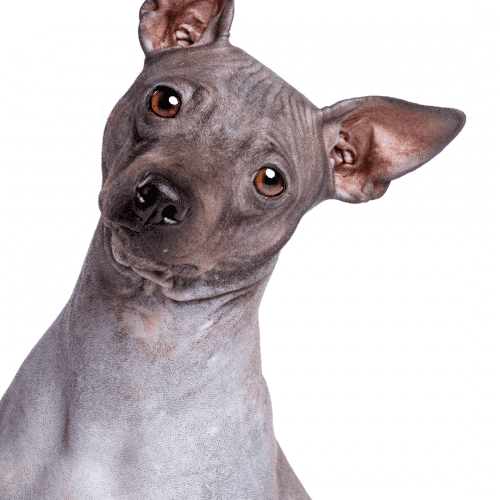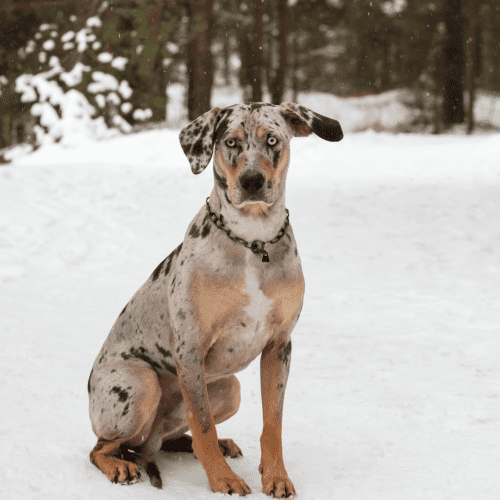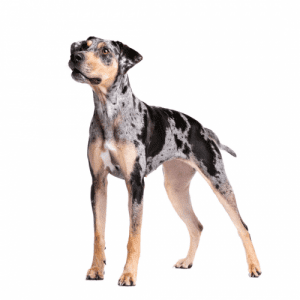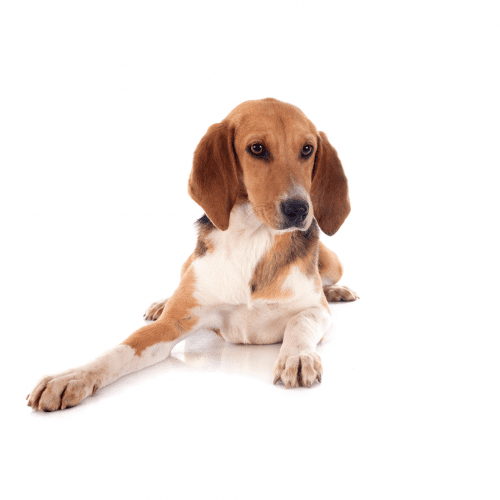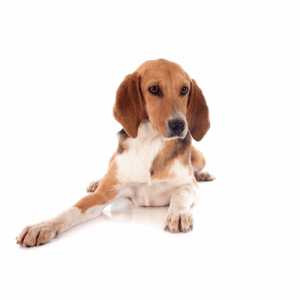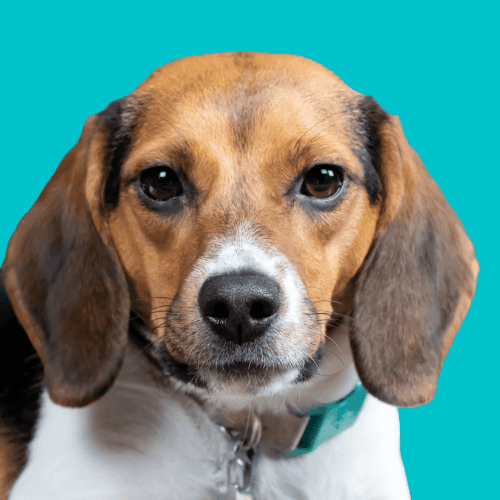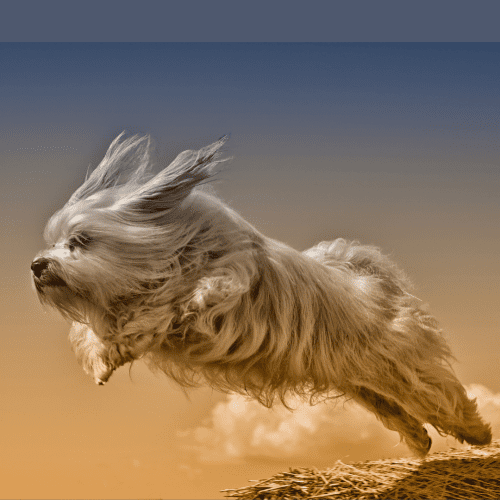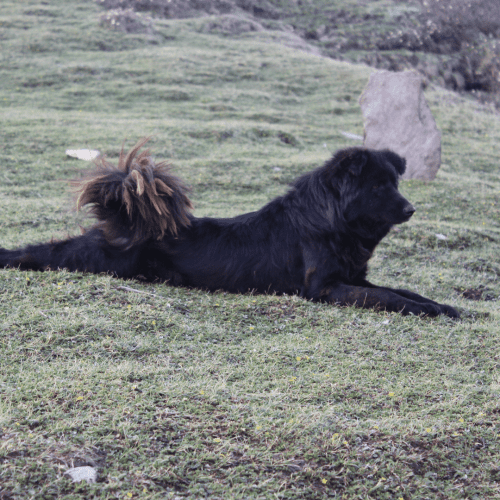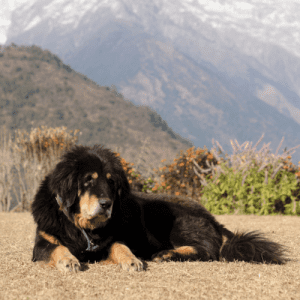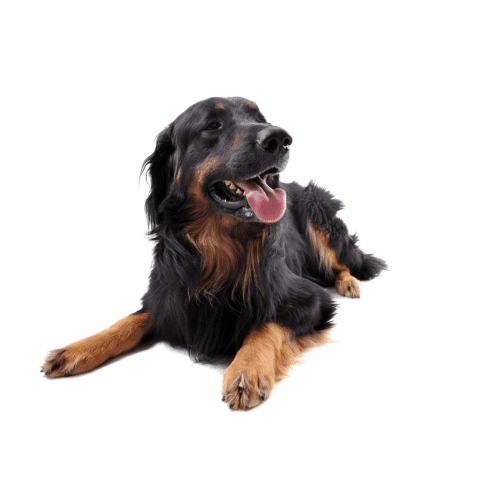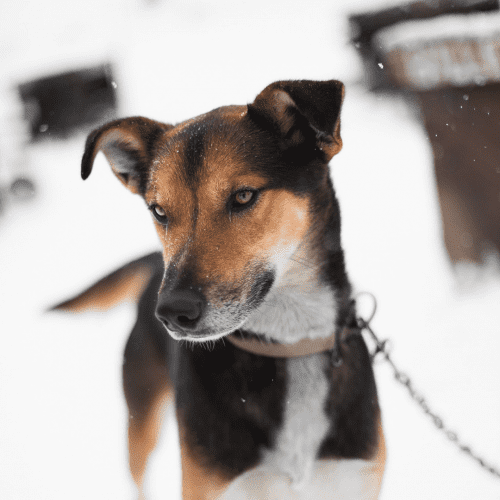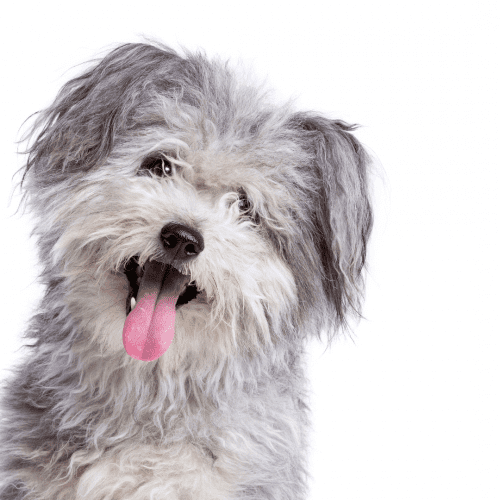Dog breeds starting with the letter “H”.
The American Hairless Terrier Dog Breed
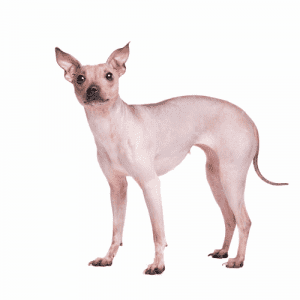
What Is The History Of The American Hairless Terrier Dog Breed?
The American Hairless Terrier is a relatively new breed, having only been around since the early 1970s. The breed was developed by Dr. Edwin Scott Connell, who set out to create a hairless dog that would be hypoallergenic and ideal for people with allergies. He began crossing Rat Terriers with various other breeds, eventually settling on the Chinese Crested Dog as the best foundation for his new breed. From there, he continued to selectively breed for desired traits until he had created a stable, uniform breed that met his standards.
The American Hairless Terrier was first recognized by the United Kennel Club in 2004 and has since become a popular companion dog worldwide. They are known for being intelligent, playful, and loving and make great additions to any family. While they require special care due to their lack of hair, they are otherwise relatively low-maintenance dogs.
What Does An American Hairless Terrier Dog Look like?
The American Hairless Terrier is a hairless breed of dog and, as such, does not have the typical fur coat that most dogs sport. Instead, their skin is completely smooth, without a single hair follicle. The only places on their body where you might find a bit of fuzz are their eyebrows and eyelashes – but even those are usually pretty sparse. In terms of coloration, their skin can be any shade you might find on a regular ol’ hairy dog, from jet black to bright white. And because they lack fur, they don’t shed much (if at all), which is excellent news for people with allergies.
How Big Is An Adult American Hairless Terrier Dog?
The American Hairless Terrier is a small to medium-sized dog. Males typically weigh in between 15 and 20 pounds, while females usually weigh between 10 and 15 pounds and are slightly smaller than their cousin, the Rat Terrier. The American Hairless Terrier is a muscular and athletic breed. They have lean bodies with long legs. The American Hairless Terrier is an intelligent breed that is easy to train. These dogs are energetic, playful but can also be calm and relaxed with their family. The American Hairless Terrier is a good breed for families with children. They are also a good choice for people looking for small- to medium-sized dogs.
Are There Other Dog Breeds Related To The American Hairless Terrier Dog?
Several other dog breeds are related to the American Hairless Terrier Dog. These include the Australian Terrier, Bedlington Terrier, Border Terrier, Cairn Terrier, Dandie Dinmont Terrier, Fox Terrier (Smooth and Wire), Irish Terrier, Kerry Blue Terrier, Lakeland Terrier, Manchester Terrier, Norfolk Terrier, Norwich Terrier, Scottish Terrier, Sealyham Terrier, Skye Terrier, and Welsh Terrier. All of these breeds share some common features with the American Hairless Terriers Dog, such as being small to medium in size and having a terrier-type coat. However, they each have their unique history and characteristics that make them distinct.
What Is The Life Expectancy Of An American Hairless Terrier Dog?
The American Hairless Terrier Dog is a breed of dog that is known for its lack of hair. These dogs are typically born with a full coat of hair, but they eventually lose it as they age. The average life expectancy of an American Hairless Terrier Dog is between 14 – 16 years. However, some individual dogs have been known to live for 20 years or more. Regular exercise and a balanced diet will go a long way for a healthy life.
Can An American Hairless Terrier Dog Be Trained?
Yes, American Hairless Terrier Dogs can be trained to do several things. They are intelligent dogs and can be taught tricks, obedience commands, and even agility courses. Like all dogs, they will need patience and positive reinforcement from their owners during training. With the proper guidance, an American Hairless Terrier Dog can be a well-behaved and beloved family pet.
What Are Some Interesting Facts About A American Hairless Terrier Dog?
1. The American Hairless Terrier is a relatively new breed, having only been developed in the 1970s.
2. Unlike most breeds of dogs, the American Hairless Terrier does not have hair – hence its name!
3. These dogs are known for being very intelligent and easy to train.
4. American Hairless Terriers are also hypoallergenic, making them a good choice for people with allergies to dogs.
5. Despite their lack of hair, these dogs must be groomed regularly to prevent their skin from becoming dry or irritated.
6. American Hairless Terriers are relatively rare, but they are gaining popularity as more people learn about them.
How Does An American Hairless Terrier Dog Interact With People?
The American Hairless Terrier is a loving and friendly dog that loves to be around people. They are playful nature and possess the ability to make friends easily. They are very protective of their family and and will do anything to keep them safe.

